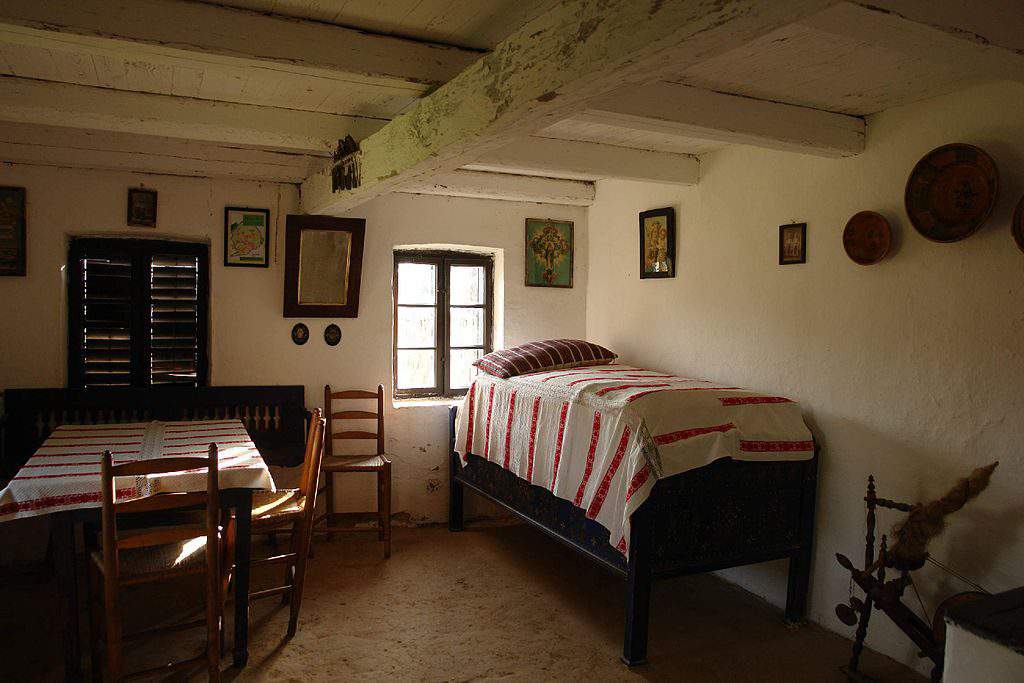Minorities in Hungary #1 – Croatians

The Croatian minority in Hungary consists of at least seven (some claim even twelve) different subgroups that speak different languages and arrived at different times. The Croatian language has three main dialects (“sto”, “kaj” and “ca”) and several minor ones. They are one of the most diverse and varied minorities living in Hungary.
According to Magyarhorvatok.hu, multiple groups are living in Hungary. Croatians residing around Mohács are the Šokci, while those living alongside the Drava are mostly from Herzegovina. The Croatians living near Baja are primarily Bunjevci. In the area of Budapest and Szentendre, most of the Croatians came from Dalmatia. The Croatians residing in Western Hungary are mostly called Grádistye Croatians.
The different minor groups are still all connected by the fact that they are mostly Roman Catholics, which differentiates them from other Balkan Slavic people.
Croatian people came to Hungary in multiple waves during more than a thousand years, first of them being the settlers on the banks of Drava in the Árpád era. According to Sulinet.hu’s respective page, the largest masses of Croatians moved in before and during the Ottoman occupation of the country, and as the result of the migration processes after the liberation of Hungary from the Ottoman rule.
The golden age of the Croatians of Hungary is usually thought to be the era from the 18th century until the early 19th century.
Both their numbers and their status in the Hungarian society were at its peak at that time. A lot of settlements existed where Croatians made up the majority of the population. Most of them, unfortunately, have a much smaller Slavic presence today. There were Croatian villages in the northern areas of Somogy County in the 18th century. Búzsák, for example, is famous for its embroidery, which has Croatian origins. In the late 1700s, settlements with Croatian majority slowly became more mixed ethnically, and the Hungarian nation began to assimilate the Croatian groups.

The Treaty of Trianon meant a national catastrophe for the Croatians living in Hungary, too. First, their connection to their motherland ceased to exist due to diplomatic and sociographic reasons. Secondly, many Croatian groups were divided by the new borders, just as the Šokci and Bunyevci in Bácska and Baranya or the Grádistye in Western Hungary. The Grádistye were separated into three countries: Hungary, Austria and Czechoslovakia.
Croatians showed their loyalty to Hungary in both World Wars, fighting in large numbers in the armies of the Monarchy and the Kingdom of Hungary, respectively.
The years after the end of World War II and the short attempt for democracy changed the situation of the Croatian minority. Many Croatian schools were established in the settlements with high numbers of Croatians. Even a Croatian grammar school was built in 1946 and an instructor training college department in Pécs in 1949.
The end of communism brought more changes for the Croatians. According to Hrvatiizvan.hr, the Association of the Croatian Nationality in Hungary was founded in 1990, followed by the separation of Croatian institutions, schools and mediums from the common Balkan groups. Several independent Croatian institutions were founded, like the Croatian Theater in Pécs, the Scientific Institute of Croatians in Hungary or the Croatian literary journal titled Rijec. Croatians also have their own national municipal in Hungary since 1995. The relationship between the minorities in Hungary and their motherland (as well as the relationship between the two countries, even nowadays) became more intense with Croatia’s separation from Yugoslavia.
In 2010, 11,534 Hungarian citizens applied for being registered as Croatians in the national records of minorities.
The census of 2011 revealed that 8,900 Croatians live in Southern Transdanubia. Unfortunately, the population faces critical ageing. 9 percent of the Transdanubian Croatians are children, and only 28 percent are young adults. The most significant density is in Baranya County where 27 percent of the Croatians in Hungary live.

Their cultural life is quite rich: it has been a custom since 1993 that every year, a Grádistye settlement hosts a youth camp (“Omladanski Tabor”), where young people can learn about the Croatian culture and traditions, as well as the customs and attractions of the host settlement.
A talent show called “Glas Gradisca” has also been organised in Horvátzsidány since 2005 for the Croatian singers, musicians and other performers from Burgenland. They even welcomed contenders from Slovakia and Austria in 2012. For Croatians preferring a more elegant type of entertainment, the Croatian ball is hosted each in Szombathely since 1977, which is organised by different Croatian towns in Vas County.
Photo: Wikimedia Commons
Source: Daily News Hungary





